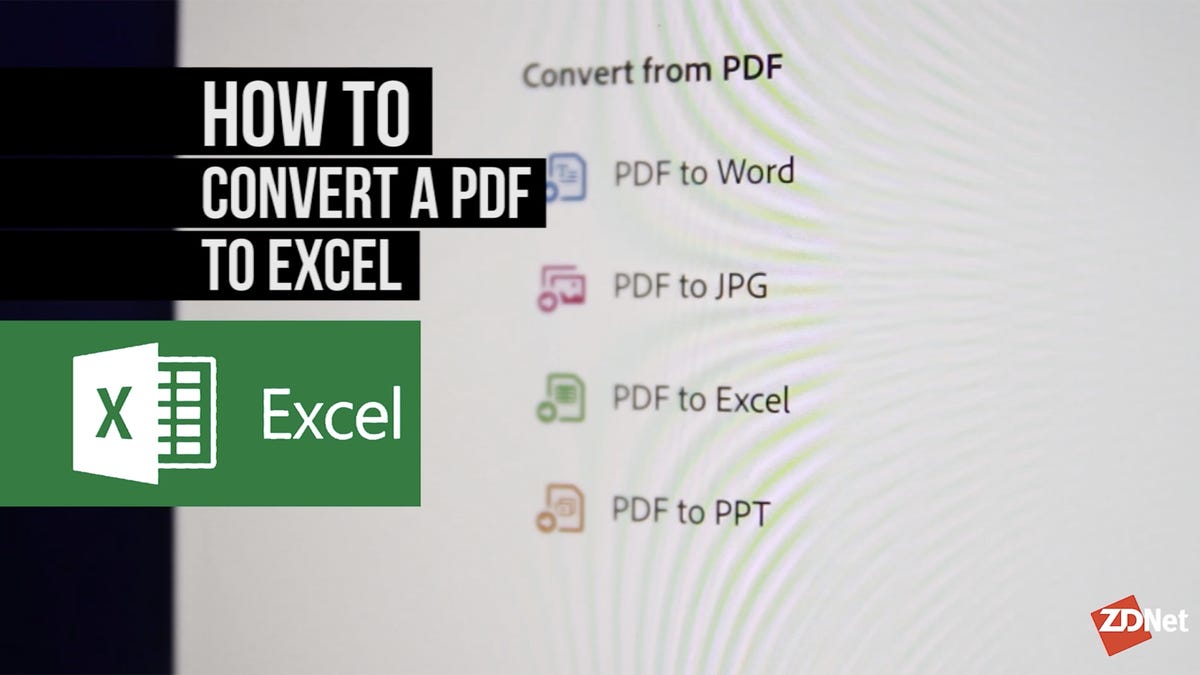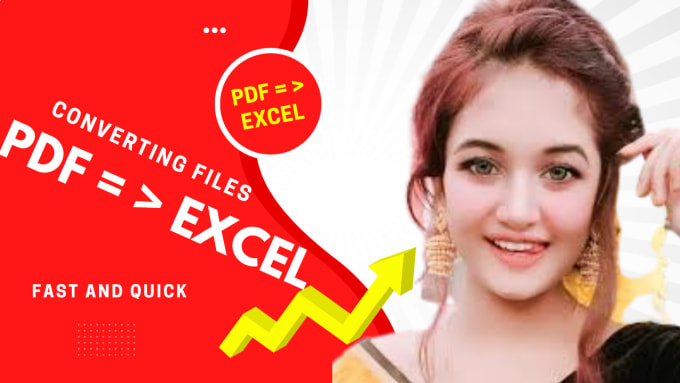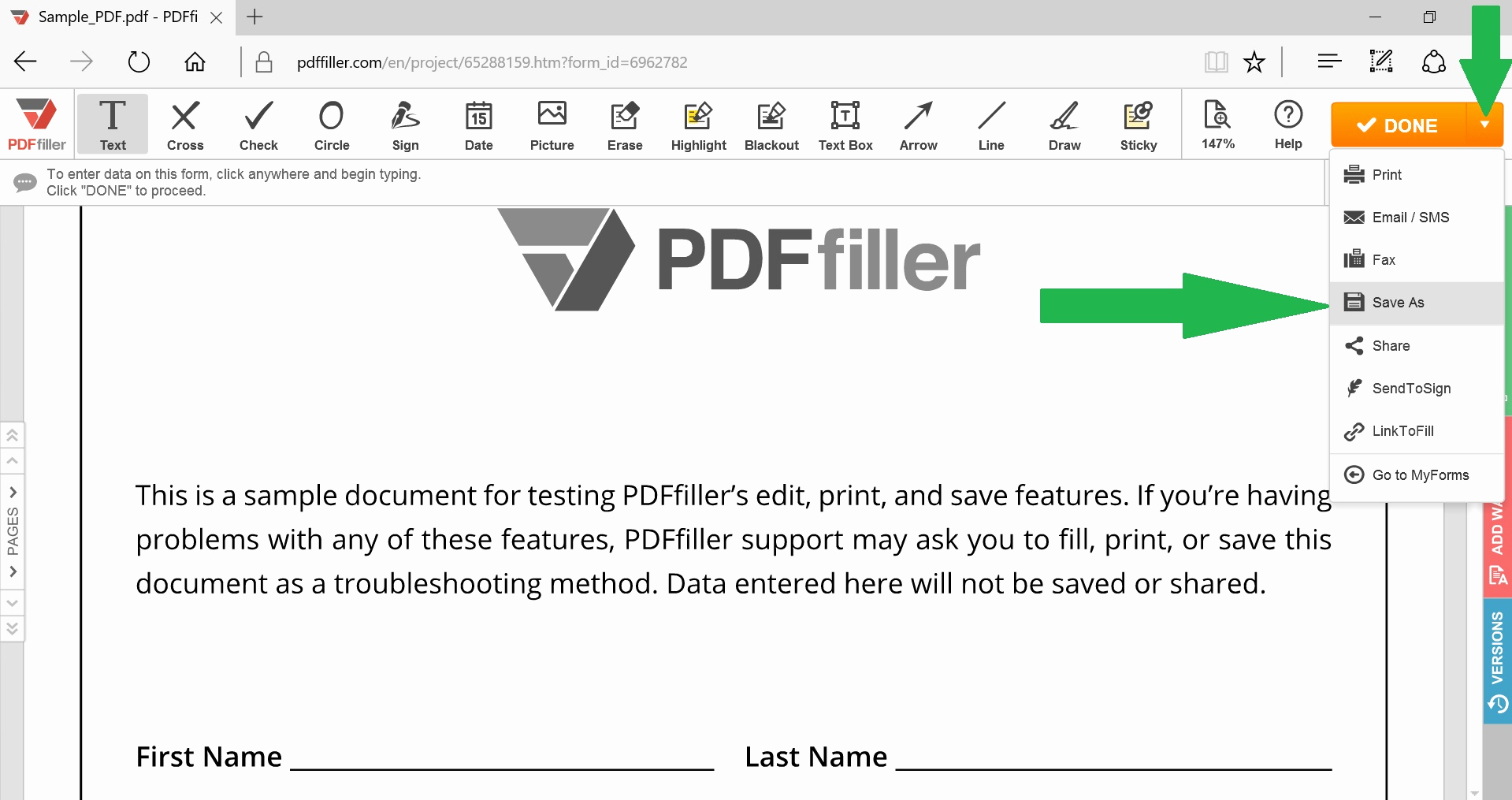5 Tips for Converting PDF to Excel Sheet Easily

Converting a PDF to an Excel sheet is a common task that many professionals, researchers, and students face regularly. PDFs can store critical information in tables, charts, or lists, which is more practical to analyze in spreadsheet form. This article will guide you through 5 effective tips to make this conversion process seamless and efficient, enhancing your workflow with minimal friction.
Choosing the Right PDF to Excel Conversion Tool

The first step to effortlessly convert your PDF to an Excel sheet is selecting the right tool. Here are some considerations:
- Accuracy: Look for tools that promise high accuracy in converting text, tables, and formats.
- User Interface: A straightforward, user-friendly interface will save time.
- Free vs. Paid: Determine if the functionality you need is available in a free version or if a paid tool is necessary.
| Tool | Key Features | Cost |
|---|---|---|
| Adobe Acrobat Pro DC | Export PDF, OCR, batch processing | Paid |
| Smallpdf | Basic conversion, cloud-based | Free/Paid |
| Google Drive | Simple conversion, no installation | Free |

✨ Note: Ensure the tool you choose supports the formatting you need to maintain accuracy in your Excel sheet.
Utilizing Online Converters for Convenience

Online converters are often the quickest way to convert PDFs to Excel. Here’s how you can use them effectively:
- Upload Your PDF: Select or drag and drop your PDF file to the conversion platform.
- Check Settings: Some converters allow you to tweak settings for better results (e.g., preserving layout, table recognition).
- Download the Excel File: After conversion, download the Excel file to your device.
Remember that while online tools are convenient, they might not always offer the highest degree of formatting accuracy or data privacy.
🔍 Note: Be cautious when using online tools; ensure they have a good reputation regarding data security and privacy.
Ensuring Data Accuracy with OCR (Optical Character Recognition)

For PDFs with scanned images or complex layouts, OCR technology is crucial to recognize and convert text accurately. Here’s what to consider:
- Quality of OCR: Look for tools that use advanced OCR to minimize errors in data extraction.
- Post-Conversion Editing: Always review the Excel sheet post-conversion for errors that OCR might miss.
OCR is particularly useful for old documents, handwritten notes, or PDFs with intricate designs where tables and text might merge.
Handling Complex PDF Structures

When PDFs include headers, footers, or multiple tables, the conversion can get tricky. Here’s how to navigate complex structures:
- Manual Selection: If possible, select only the relevant parts of the PDF to convert, reducing confusion for the converter.
- Restructuring: Some advanced tools allow you to define table areas before conversion. Utilize this feature for better results.
- Formatting Tools: Use the formatting capabilities of your chosen tool to ensure the tables in your Excel sheet align with your original PDF.
Converting Multiple Pages or Batch Processing

If you deal with large documents or multiple PDFs:
- Batch Processing: Choose tools that support converting several PDF files at once.
- Page Range Selection: Many conversion tools allow you to select specific pages or ranges for conversion.
- Automate Processes: For regular tasks, consider using tools with automation features or script support.
This approach can save you significant time when dealing with high-volume data extraction.
By following these tips, you can streamline the process of converting PDFs to Excel sheets, enhancing productivity and data accuracy. Remember that the right tool, combined with a bit of know-how about OCR, table recognition, and batch processing, can make this task straightforward. Your ability to efficiently manage and analyze data will improve, giving you a competitive edge in your field.
What are some reputable online PDF to Excel converters?

+
Some reputable online PDF to Excel converters include Adobe Acrobat Pro DC, Smallpdf, and Google Drive’s built-in converter. Each has its strengths, with Adobe offering advanced features, Smallpdf providing convenience, and Google Drive offering a free, user-friendly option.
How important is OCR in the conversion process?

+
OCR is vital when converting scanned PDFs or those with complex layouts. It ensures that the text is accurately recognized and extracted, which is crucial for maintaining data integrity in your Excel sheets.
Can I convert PDFs with mathematical equations or formulas?

+
Direct conversion of mathematical equations or formulas can be challenging. Many tools can convert the text, but the equations often require manual entry or the use of specific software like MathType or LaTeX editors to properly import into Excel.



